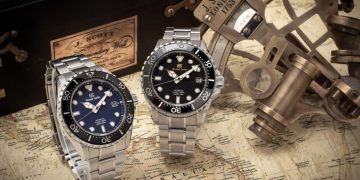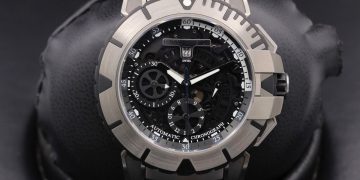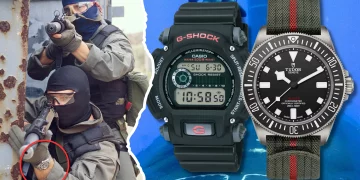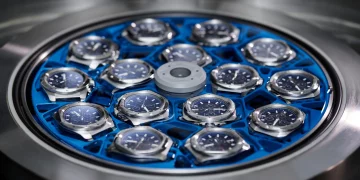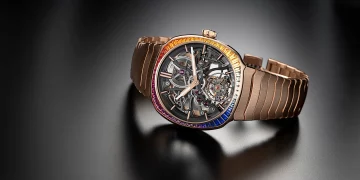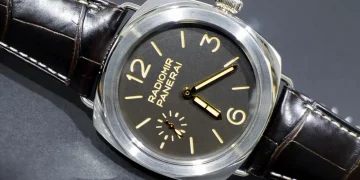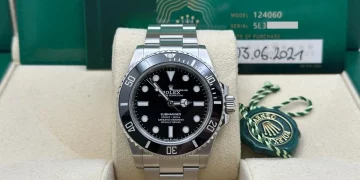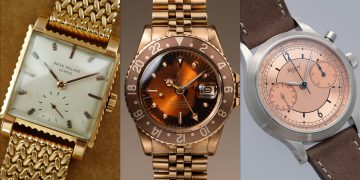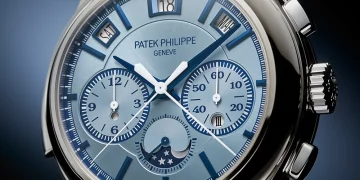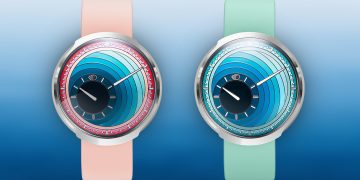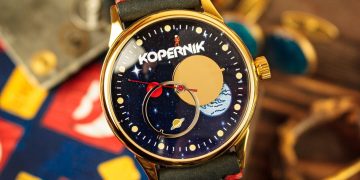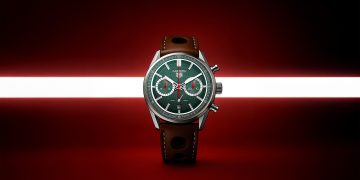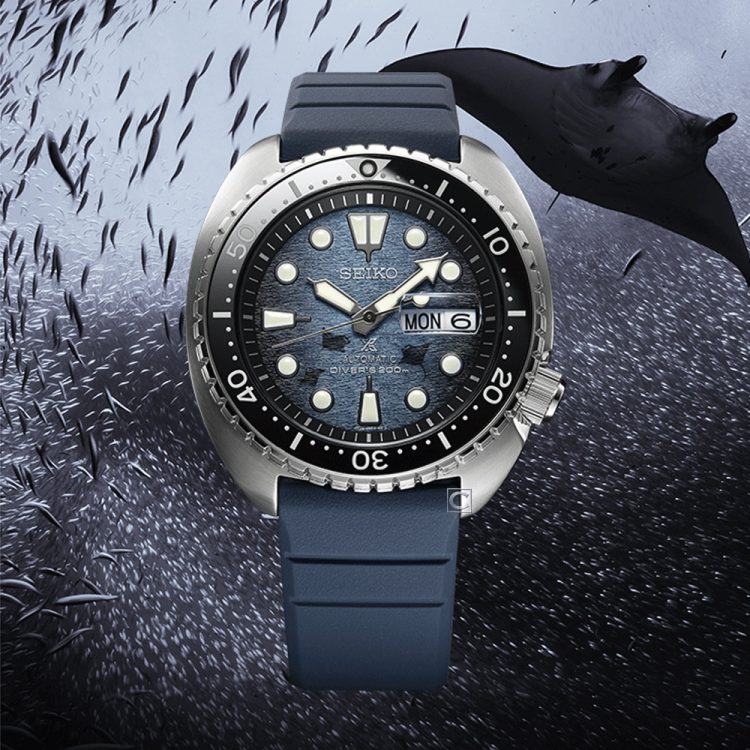Introduction: The Importance of Proper Maintenance for Precision Timepieces
Watches are more than just accessories; they are precision machines, crafted to withstand extreme conditions and deliver accurate performance. This is particularly true for Breitling’s flying watches and Seiko’s diving watches, which are designed to serve specialized, high-performance needs. Breitling timepieces are synonymous with aviation, engineered for pilots and aviators, while Seiko diving watches are crafted to withstand the challenges of the underwater world.
As essential tools for aviation and diving, these watches require careful maintenance and care to ensure they continue to perform to the highest standards. Proper maintenance not only helps in preserving the accuracy, longevity, and aesthetic appeal of the watches but also guarantees their reliability in extreme environments.
In this article, we will discuss in detail the proper maintenance routines for both Breitling’s flying watches and Seiko’s diving watches, focusing on the steps you can take to preserve the functionality, performance, and visual appeal of these timepieces. From routine cleaning and servicing to specific care requirements for aviation and diving professionals, we will cover the essential aspects of maintaining these watches.
1. Understanding the Unique Demands of Breitling’s Flying Watches and Seiko’s Diving Watches
a. The Demands of Aviation Timepieces
Breitling’s flying watches, such as the Navitimer, Aerospace, and Chronomat, are designed to endure the unique stresses of aviation. These timepieces need to perform under conditions like:
- Extreme altitudes and rapid pressure changes.
- Temperature fluctuations due to high-altitude environments.
- Exposure to shocks and vibrations during flight.
Given these conditions, the maintenance of Breitling’s aviation watches is crucial for ensuring accuracy and reliability. Their mechanical movements or SuperQuartz technology demand particular care to avoid discrepancies caused by temperature changes or mechanical wear.
b. The Demands of Diving Timepieces
Seiko’s diving watches, such as the Seiko Prospex and the legendary Seiko 62MAS, are built to handle the intense physical demands of the underwater world. Diving watches must resist:
- Extreme water pressures.
- Potential exposure to saltwater, which can cause corrosion if not properly maintained.
- Long periods of immersion, where timekeeping remains critical.
- The effect of moisture and the need for water-tight seals.
Seiko’s diving watches are often subjected to conditions that require routine care to maintain water resistance and case integrity, particularly with features such as rotating bezels, helium escape valves, and luminescent markers.
2. Routine Maintenance and Care for Breitling’s Flying Watches
a. Regular Cleaning
Regular cleaning is essential for any aviation watch, as dirt, grime, and sweat can build up over time, affecting both aesthetics and functionality.
- Wipe down the case: Use a microfiber cloth to wipe down the case and bracelet of the watch after wearing. This helps prevent oils, dirt, and salts from building up.
- Use water sparingly: It’s important to avoid submerging a flying watch unless it is water-resistant. For most Breitling models, you can wipe the watch down with a soft cloth dampened with water. Be cautious around the chronograph pushers and crowns, as moisture can get into the movement if these components aren’t properly sealed.
- Clean the bracelet: Breitling uses a variety of bracelet materials, such as stainless steel, titanium, and leather. For metal bracelets, a gentle soap solution and soft brush can clean the links. For leather straps, avoid getting them wet, as moisture can degrade the leather.
b. Winding and Storing the Watch
- Manual winding: If the Breitling watch is mechanical, ensure that you wind it regularly if not worn for several days. This will help preserve the power reserve, ensuring that the watch functions correctly when you need it.
- Automatic winding: For automatic models, wear the watch regularly to keep the movement wound. If you don’t wear the watch every day, a watch winder can be used to simulate wrist movement and keep the watch ticking.
- Storing the watch: When not in use, store your Breitling watch in a safe, dry place. If you’re flying, it’s essential to store your watch in a place where it won’t be exposed to sudden temperature shifts or pressure fluctuations that could affect its accuracy.
c. Regular Servicing
Breitling recommends that their mechanical watches undergo a full service every 3 to 5 years. A full service includes:
- Disassembling the watch to inspect for any signs of wear.
- Lubricating the movement to ensure its smooth operation.
- Replacing seals to preserve water resistance.
- Calibrating the movement to ensure it keeps accurate time.
Failure to service the watch regularly can result in deterioration of performance and potential mechanical failure, especially for chronograph functions.

3. Routine Maintenance and Care for Seiko’s Diving Watches
a. Rinsing After Exposure to Saltwater
After diving in saltwater, it’s crucial to rinse the watch with fresh water to remove salt and debris that could cause corrosion over time. This is especially important for Seiko’s diving watches, which, despite their robust design, still require care after exposure to saltwater.
- Use a soft brush to remove any accumulated salt or grit from the case, bracelet, and bezel.
- Dry with a microfiber cloth to prevent moisture from settling into the watch.
b. Ensuring Water Resistance
Seiko’s dive watches are designed to be water-resistant, but their seals and gaskets can wear down over time. If you are using the watch for professional diving or extreme conditions, it is essential to:
- Check the water resistance every couple of years with professional servicing. This involves checking the gaskets, crown, and caseback seals to ensure no water can enter the watch.
- Avoid water pressure extremes: Always check that your Seiko dive watch is rated for the depth you are planning to dive to. Exceeding the depth limit could cause damage to the watch’s internals.
c. Cleaning the Case and Bracelet
- Case: As with any dive watch, keeping the case clean and free from scratches will help preserve its integrity. For stainless steel cases, you can use a soft brush and a mild soap solution. For titanium cases, use a damp microfiber cloth to avoid scratches.
- Bracelet: Use a watch cleaning solution or mild soap with a soft brush to clean Seiko’s metal bracelets. For leather straps, avoid immersing the watch in water, and instead, use a gentle leather cleaner.
- Rotating Bezel: Ensure the rotating bezel turns smoothly and does not get stuck. The bezel is a crucial feature for timing your dive, and regular cleaning will ensure it functions correctly.
d. Storing the Diving Watch
When not in use, store the Seiko diving watch in a cool, dry place, away from extreme temperatures or humidity. If the watch is not in use for an extended period, consider storing it in a watch winder or winding it regularly to keep the mechanical movement in top shape.
e. Regular Servicing
Like Breitling, Seiko diving watches should be professionally serviced every 3 to 5 years. This includes:
- Disassembling the watch to check for any signs of wear or damage, particularly around the crown, caseback, and seals.
- Lubricating the movement to prevent unnecessary friction and wear.
- Replacing the gaskets and checking water resistance.
- Calibration of the watch’s movement to ensure precision.
4. Common Issues and How to Address Them
Both Breitling and Seiko watches are engineered to be reliable tools, but like any finely crafted instrument, they can face occasional issues. Knowing how to address these common problems can help prevent permanent damage.
a. Breitling Flying Watch Issues
- Water Resistance Problems: If the watch starts showing condensation under the glass, it may be due to a compromised seal or gasket. Professional servicing will be required to replace the seals and restore water resistance.
- Chronograph Malfunctions: If the chronograph is not resetting properly, it could be a sign of a mechanical issue. This requires servicing to inspect and repair the movement.
b. Seiko Diving Watch Issues
- Fogging Under Glass: If moisture appears under the crystal, it could indicate a seal failure. Immediate servicing is required to avoid damage to the movement.
- Rotating Bezel Issues: If the bezel becomes stiff or unresponsive, it could be clogged with dirt or debris. Clean or service the bezel for proper functionality.
Conclusion: Preserving Your Investment for the Long Term
Proper maintenance is essential for ensuring that both Breitling’s flying watches and Seiko’s diving watches continue to function as intended, serving their owners for years to come. Regular cleaning, winding, and professional servicing can help preserve the precision, reliability, and performance of these iconic timepieces. By following the care guidelines above, watch owners can maintain their Breitling and Seiko watches in excellent condition, ensuring they remain as trustworthy as ever—whether navigating the skies or exploring the depths of the ocean.


